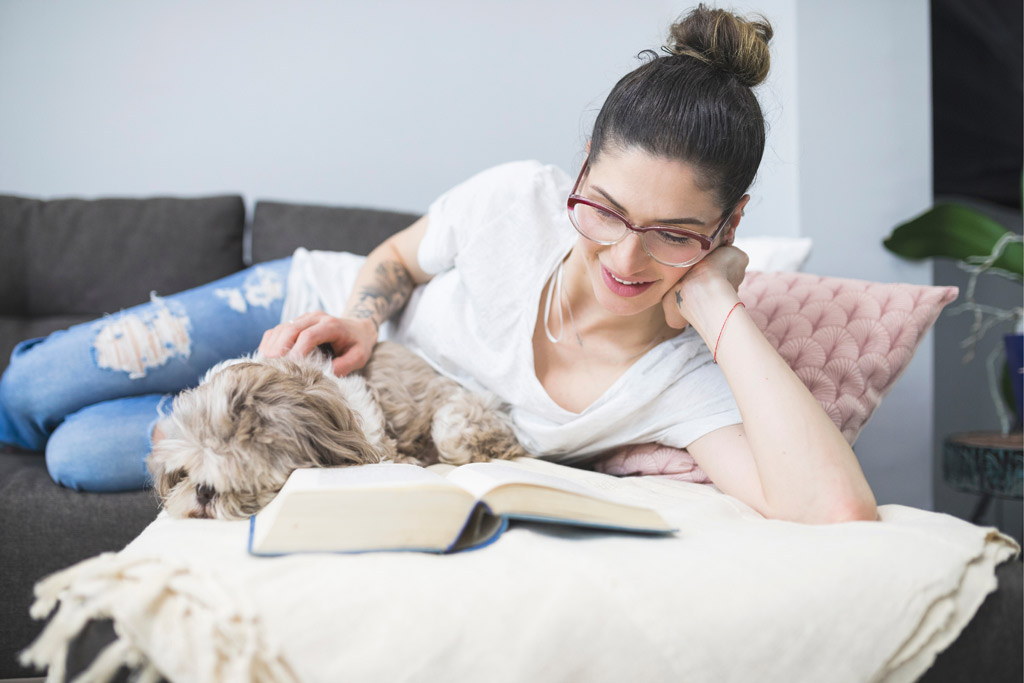
When choosing a dog to keep you company, and feel less lonely, not every dog breed will be a good fit for you.
So, what dog breeds are best for loneliness? Choosing a dog breed that is essentially bred for companionship like Cavalier King Charles Spaniels, Pomeranians, Shih Tzus, Miniature Poodles, etc.
Continue reading to find out the 12 dog breeds that are suitable for companionship and, as a result, help ease loneliness.
What Dog Breeds are Best for Loneliness?
When choosing a dog, it’s important to define what you are looking for:
- What type of dog is suitable for your lifestyle & life stage? Not just now but also in the future.
- What are your needs and where/how will your dog fit in?
Also, you need to be sure that you are going to be able to provide for your dog’s needs for the years to come.
When it comes to choosing a dog, with the main goal being to keep you company, not every dog will be suitable for the role.
Companion dogs are best suited for the job, unlike herding or working dogs.
These dogs have been taught for generations that their job is to keep their owners’ company and they thrive being around their dog parents.
According to the UK Kennel Club, these 12 dog breeds are the best suited for companionship.
Let’s find out which ones!
#1 – Italian Greyhound
- Characteristics: Very friendly and easy to groom.
- Breed group: Toy (small companion or lap dogs).
- Exercise needed: Up to 1 hour a day.
- Grooming needed: Once a week.
- Living environment: Small house/small to medium garden.
- Lifespan: 12 years.
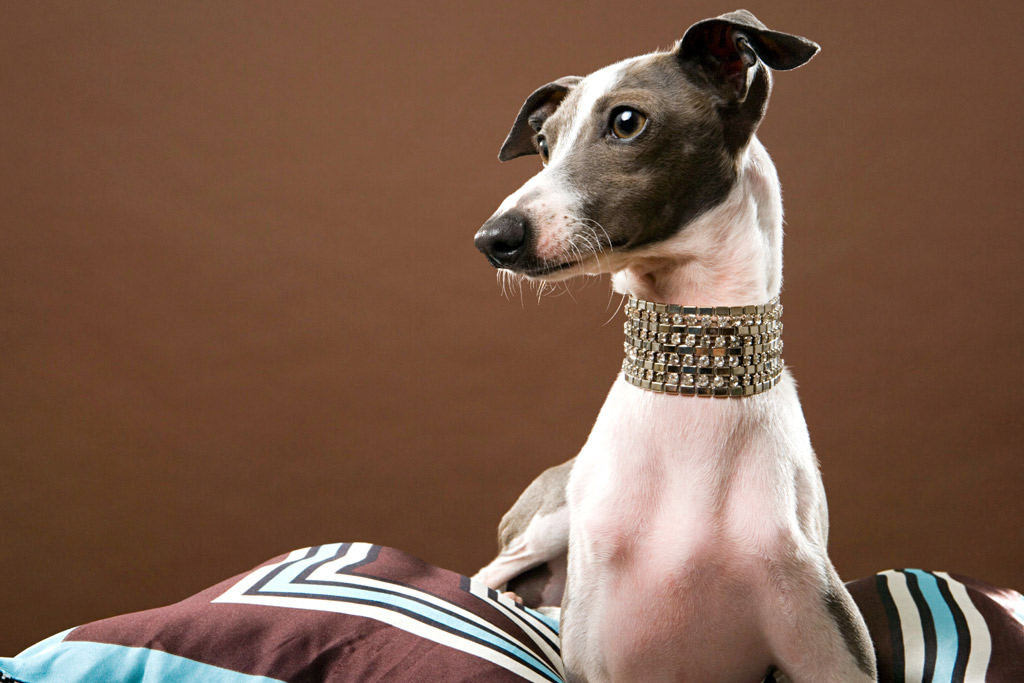
#2 – Papillon
- Characteristics: Intelligent, obedient, agile.
- Breed group: Toy (small companion or lap dogs).
- Exercise needed: Up to 30 mins a day.
- Grooming needed: More than once a week.
- Living environment: Apartment.
- Lifespan: Over 12 years.
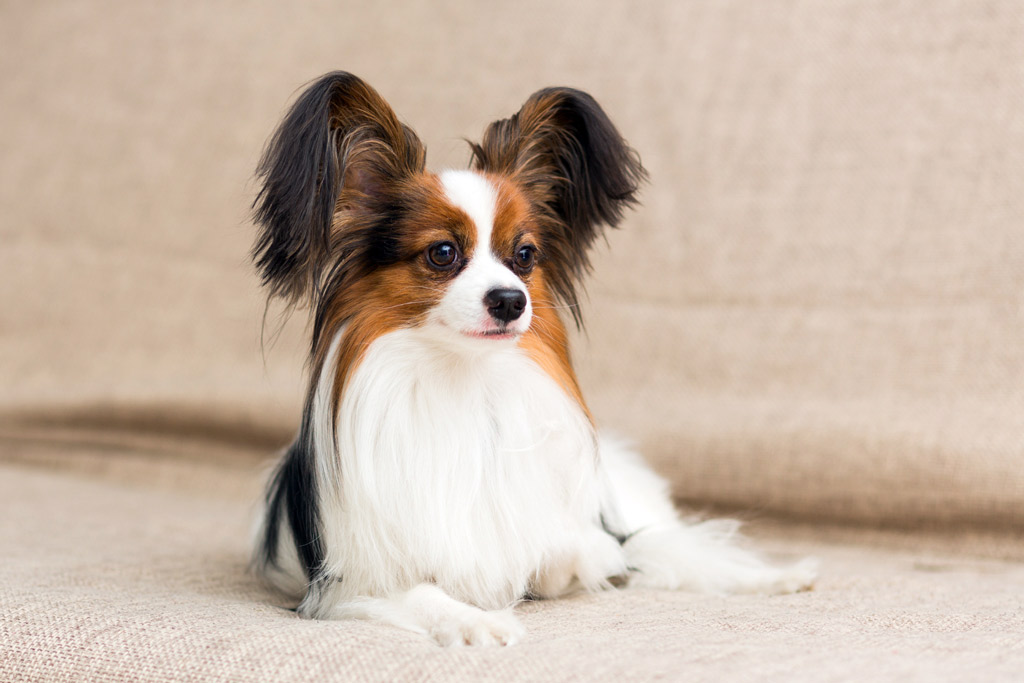
#3 – Tibetan Terrier
- Characteristics: Very affectionate and friendly, playful and energetic.
- Breed group: Utility (mainly non-sporting and non-working).
- Exercise needed: 1 hour a day.
- Grooming needed: Every day.
- Living environment: Small house and garden.
- Lifespan: Over 12 years.

#4 – Tibetan Spaniel
- Characteristics: Sensitive, friendly and good with children.
- Breed group: Utility (mainly non-sporting and non-working).
- Exercise needed: Up to 1 hour a day.
- Grooming needed: More than once a week.
- Living environment: Apartment with a small garden.
- Lifespan: Over 12 years.

#5 – Lhasa Apso
- Characteristics: Sensitive and playful.
- Breed group: Utility (mainly non-sporting and non-working).
- Exercise needed: Up to 1 hour a day.
- Grooming needed: Every day.
- Living environment: Apartment.
- Lifespan: Over 12 years.
The Lhasa Apso was one of the first breeds to be used as a companion dog.
Source: The Kennel Club
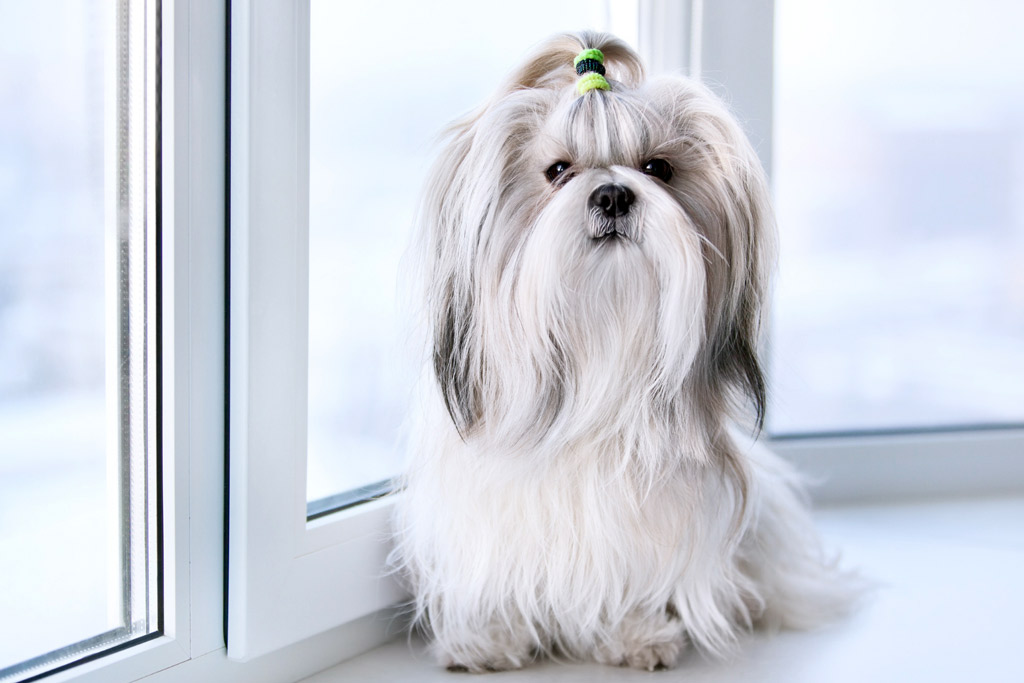
#6 – Shih Tzu
- Characteristics: Friendly towards family and strangers.
- Breed group: Utility (mainly non-sporting and non-working).
- Exercise needed: Up to 1 hour a day.
- Grooming needed: Every day.
- Living environment: Apartment with a small garden.
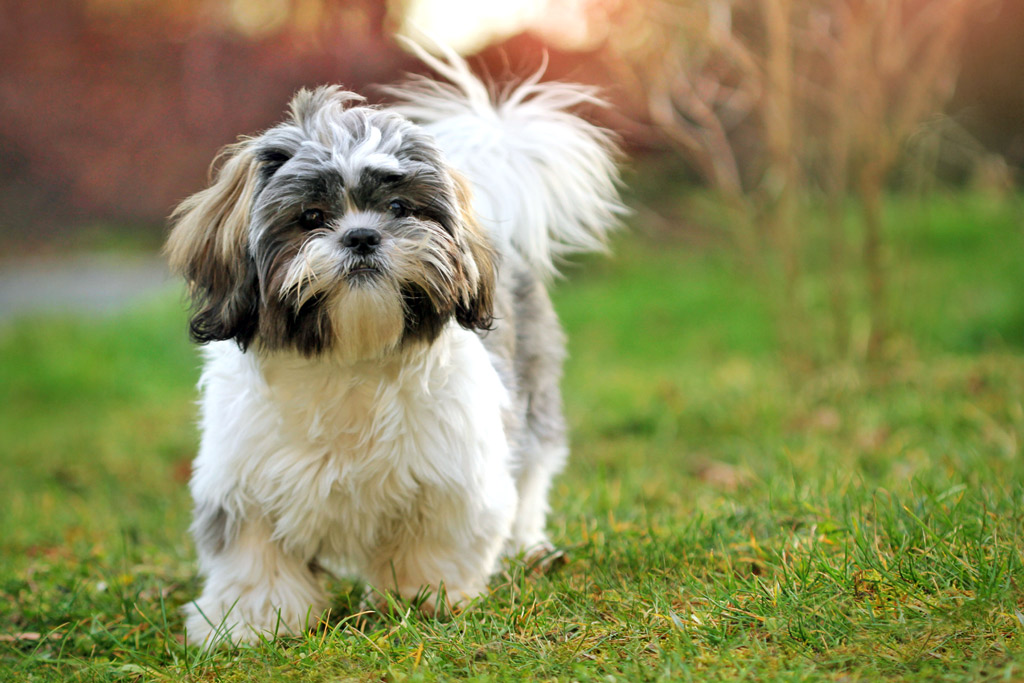
#7 – Miniature Poodle
- Characteristics: Easy to train, intelligent and friendly.
- Breed group: Utility (mainly non-sporting and non-working).
- Exercise needed: Up to 1 hour a day.
- Grooming needed: Every day.
- Living environment: Small house and garden.
- Lifespan: Over 12 years.
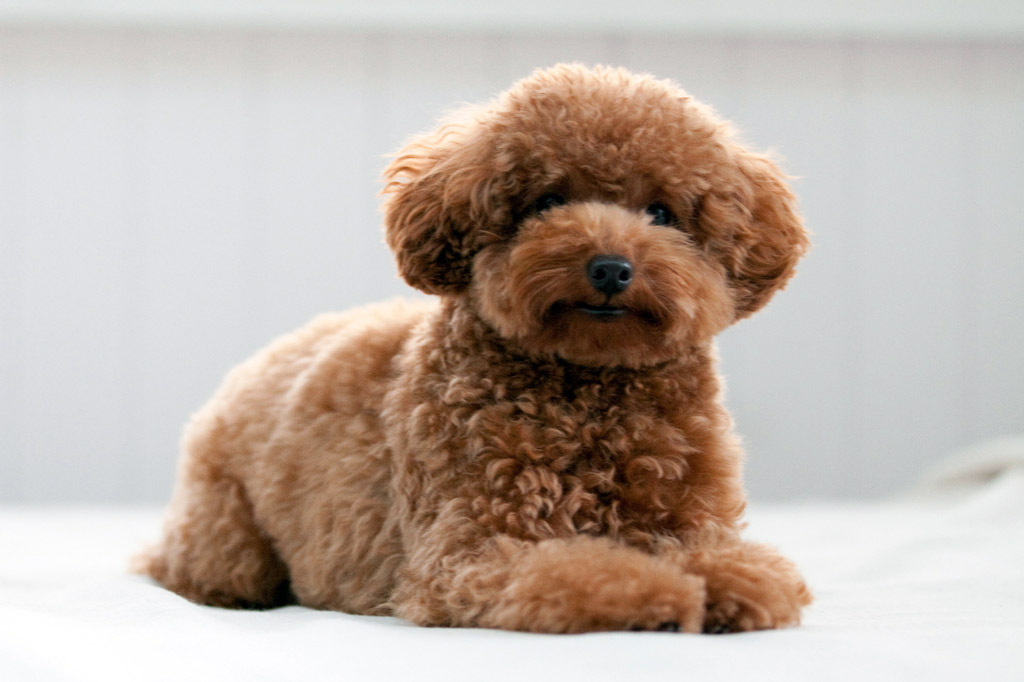
#8 – Lowchen
- Characteristics: Very friendly, easy to train and loves adventure.
- Breed group: Toy (small companion or lap dogs).
- Exercise needed: Up to 1 hour a day.
- Grooming needed: More than once a week.
- Living environment: Apartment.
- Lifespan: Over 12 years.
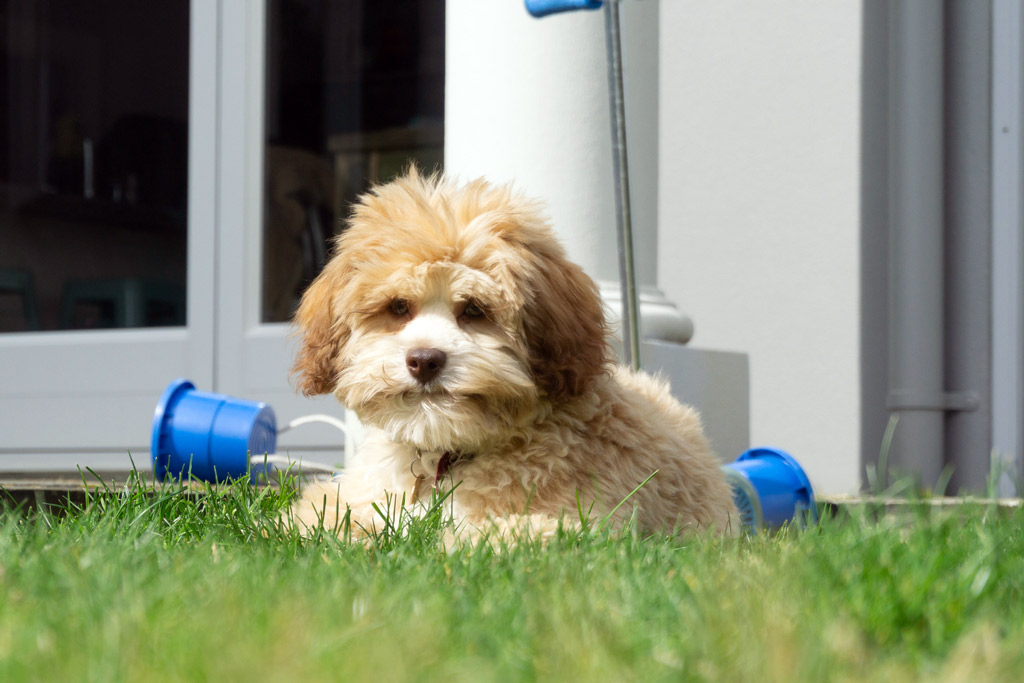
#9 – Pomeranian
- Characteristics: Affectionate and loud.
- Breed group: Toy (small companion or lap dogs).
- Exercise needed: Up to 30 mins a day.
- Grooming needed: More than once a week.
- Living environment: Apartment.
- Lifespan: Over 12 years.
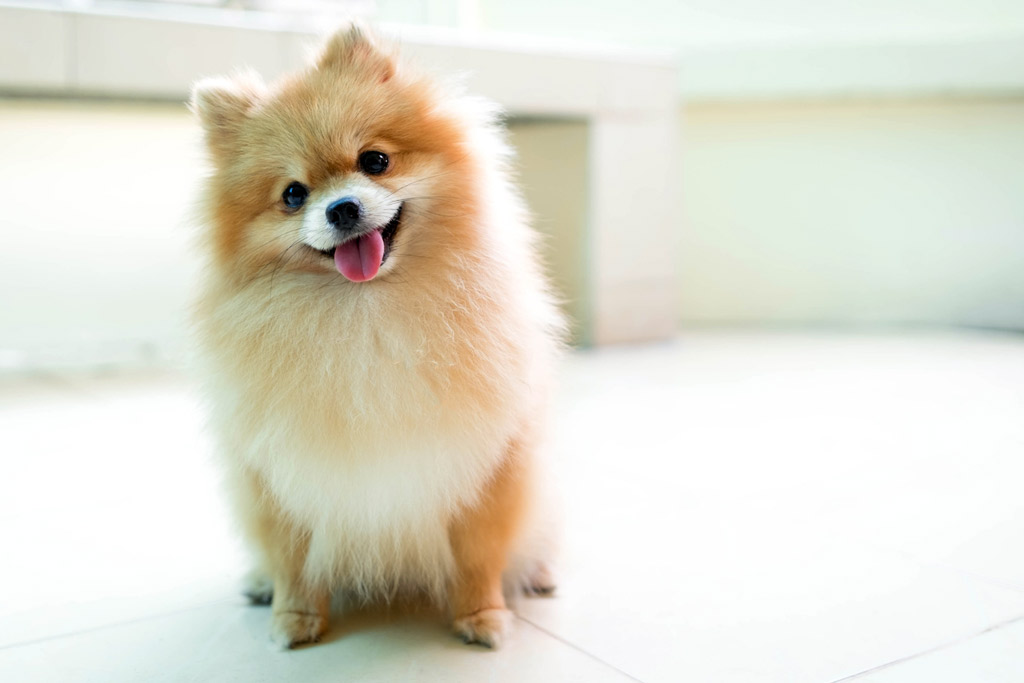
#10 – Bichon Frise
- Characteristics: Affectionate towards family and strangers, easy to train, playful.
- Breed group: Toy (small companion or lap dogs).
- Exercise needed: Up to 30 mins a day.
- Grooming needed: Every day.
- Living environment: Apartment.
- Lifespan: Over 12 years.
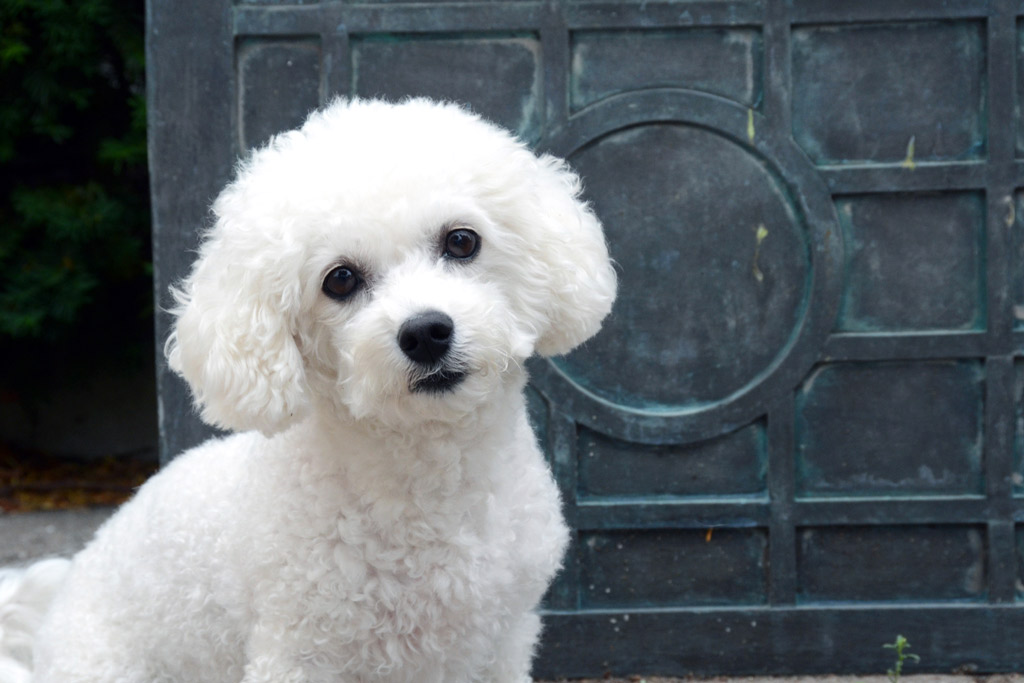
#11 – Cavalier King Charles Spaniel
- Characteristics: Very friendly, playful and sensitive.
- Breed group: Toy (small companion or lap dogs).
- Exercise needed: Up to 1 hour a day.
- Grooming needed: More than once a week.
- Living environment: Apartment with a small garden.
- Lifespan: Over 12 years.
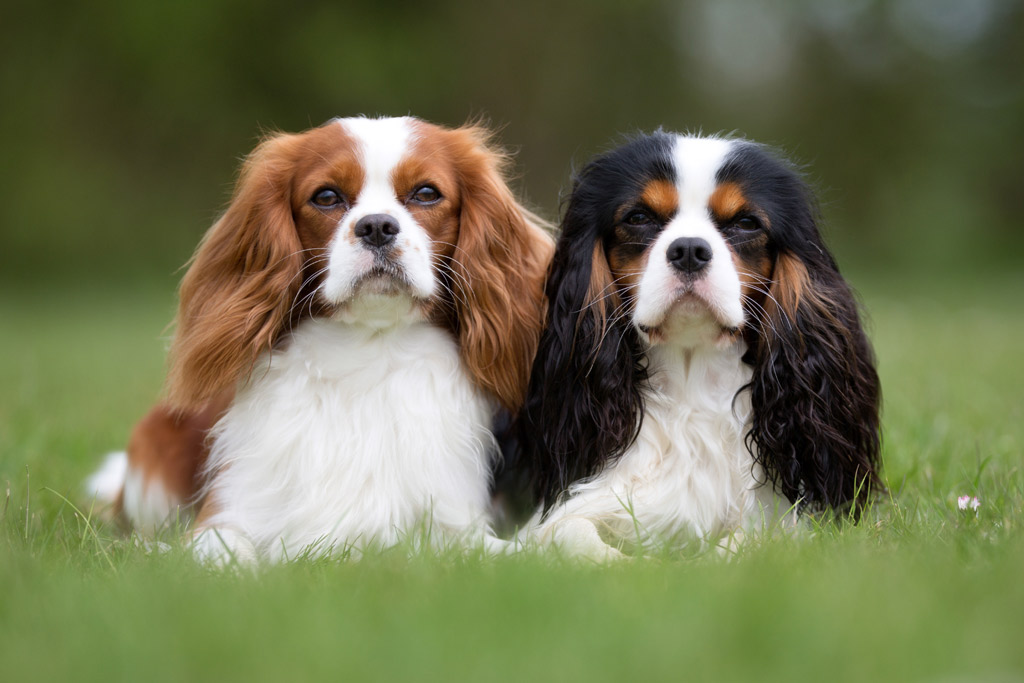
#12 – Miniature Schnauzer
- Characteristics: Affectionate, easy to train, energetic.
- Breed group: Utility (mainly non-sporting and non-working).
- Exercise needed: Up to 1 hour a day.
- Grooming needed: More than once a week.
- Living environment: Apartment with a small garden.
- Lifespan: Over 10 years.
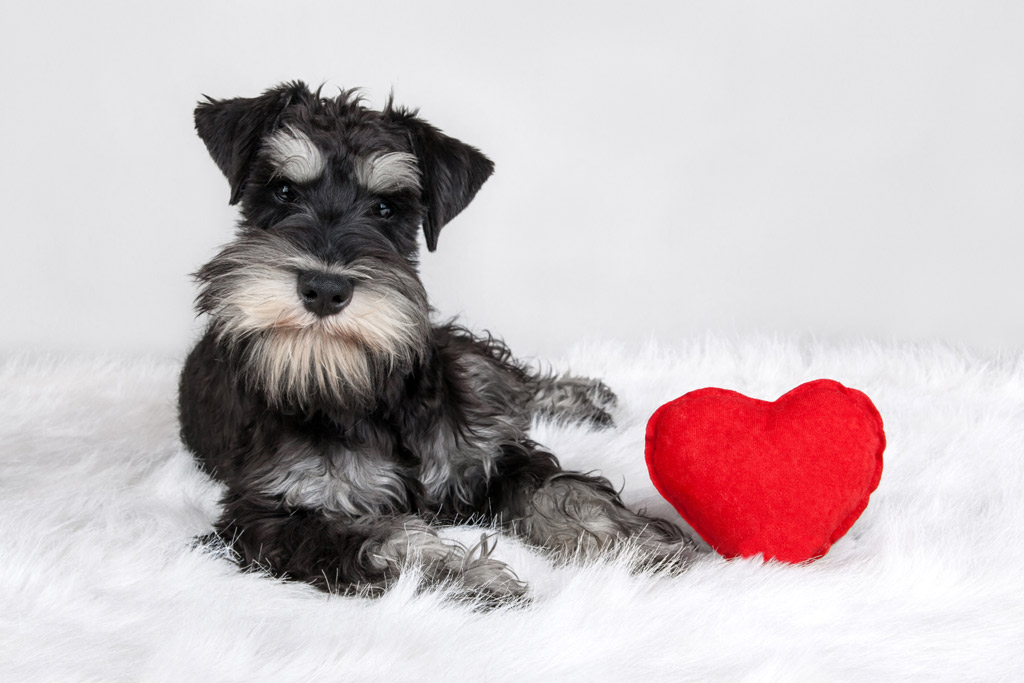
Note: Temperament is specific to each individual dog and their upbringing.
Although these dog breeds are considered to be good companions, it doesn’t mean that a dog’s personality is totally dependent on the breed.
So, is there a way to influence your dog’s temperament?
“The single most important thing is their behaviour and temperament and that really depends on what happens in the early life of the puppy. Getting early socialisation right is crucial.”
Sandra McCune, a scientific expert in human-animal-interaction.
P.S. If you want to know more about training and socializing your dog, check our Dog Training 101 blog post.
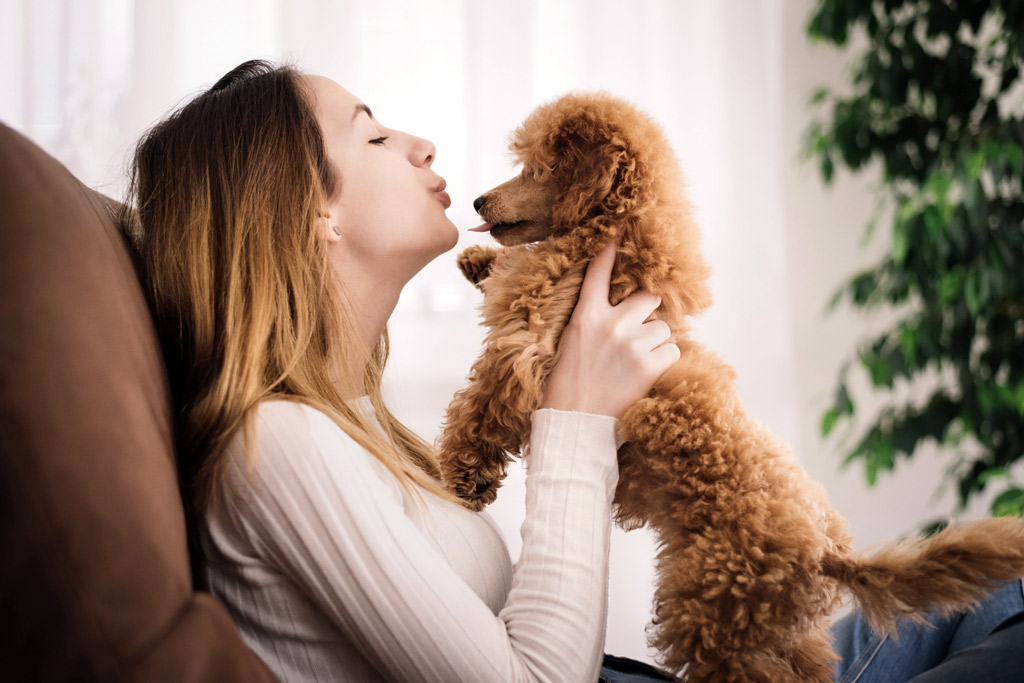
When thinking of “who” is likely to be lonely? Most people think of senior citizens.
However, according to The Mental Health Foundation, loneliness is a greater concern among young people than the elderly.
“The 18 to 34-year-olds surveyed were more likely to feel lonely often, to worry about feeling alone and to feel depressed because of loneliness than the over-55s.”
The Mental Health Foundation.
And they are not the only ones supporting that data. Sandra McCune, a scientific expert in human-animal-interaction, also agrees that “crisis of loneliness and social isolation,” is not only affecting senior people.
“You expect to see loneliness in older adults because our networks seem to shrink a bit as we get older – although this is not always the case. But what we are finding from several of the surveys, and from different NGOs, is that the results for loneliness are higher in the millennial age group, with half of 18 to 24-year-olds feeling socially isolated.
The suspicion is that it might have something to do with how millennials interact virtually rather than face-to-face.”
Sandra McCune, a scientific expert in human-animal-interaction.
So should you consider getting a dog to tackle loneliness? Yes! That is of course if you like dogs and are ready for a furry partner ;).
You can always foster first to see if a dog fits in your life. Use our First-Time Dog Owners blog post as a guide, where I go through a series of questions to help you decide if you should get a dog.
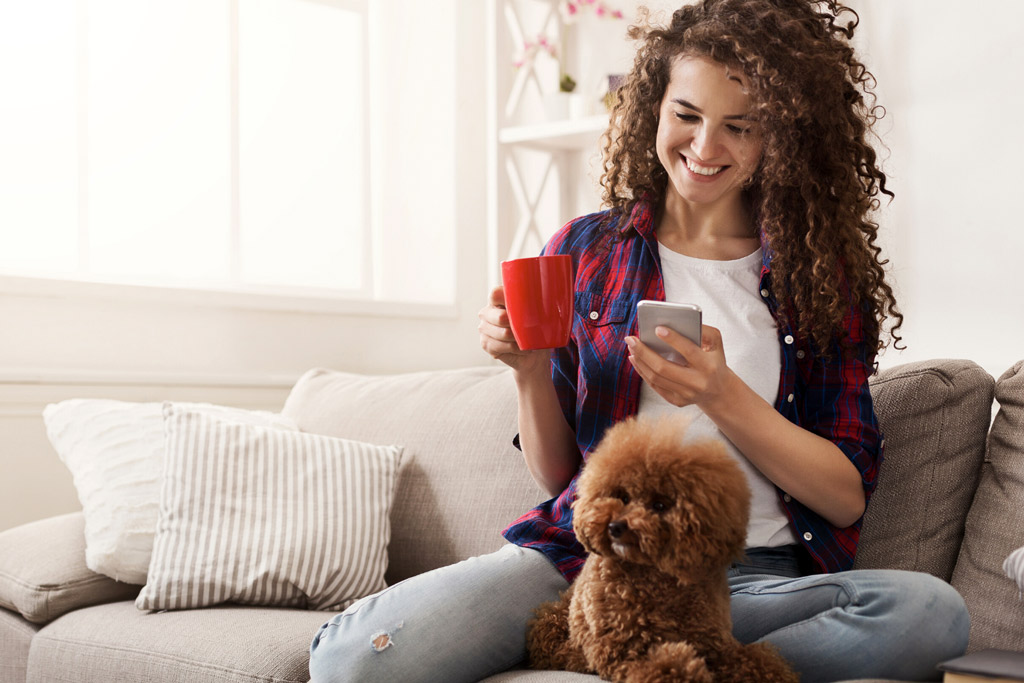
Related Questions
Dogs can help you to reduce stress, anxiety, and even depression. They also can ease loneliness. Since they need to exercise and play, dogs encourage you to step out of the house and as a result, socialize.
The likelihood of engaging in conversation is higher for dog owners. When you walk your pooch, people are more likely to talk to you. They feel like they can start talking to your dog first and then to you.
They are amazing social connectors. At the end of the day, it’s a connection with others that makes the difference for humans, and connection with a loving dog may fit the bill especially when no other alternatives seem available, offering benefits to both the person and the doggy.
However, studies differ when it comes to dogs being a solution against loneliness. On one hand, over 80% of people who took part in the Mars Petcare research said that just one month after getting a dog, they felt a lot less lonely.
On the other hand, another study suggests that owning a pet is often a response to – not a solution for – loneliness in older age.
Apart from being your companion and buddy, dogs also offer other benefits for singles.
Dogs act as a social stimulus and can be a catalyst to forming new friendships. Dog owners are significantly more likely to get to know people in their neighbourhood than non-pet owners, for instance.
In terms of health benefits, separate studies have shown that dog owners engage in more walking and physical activity than non-dog owners. Although it’s also true that active people are more likely to adopt dogs in the first place.
Check out other benefits in Can My Dog Improve My Wellbeing? Dog Benefits for Everyone.
